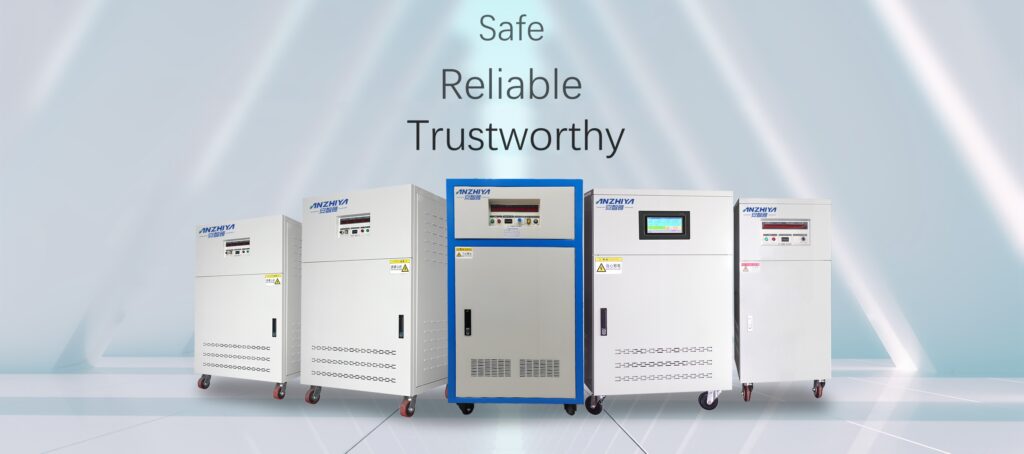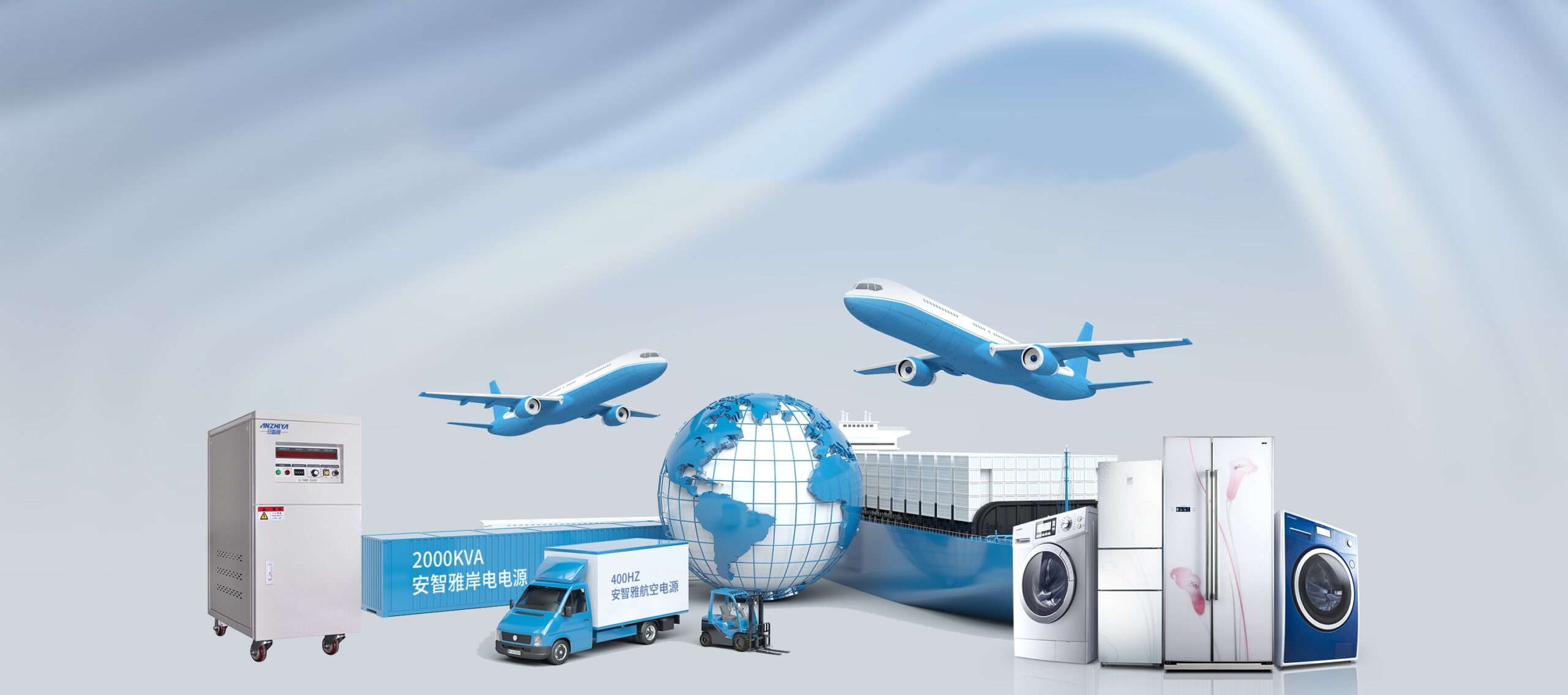When selecting a variable frequency converter, it is necessary to consider multiple aspects in detail to ensure that it can meet the needs of actual applications.
1.Input
Specify the input voltage range, frequency, single-phase or three-phase (whether to add ground wire).
2.Output
Specify the output voltage range, frequency range, single-phase or three-phase (whether to add ground wire).
Ensure that the input voltage and frequency of the variable frequency conditions for selecting variable frequency converter match the existing power grid.
The output voltage and frequency should meet the equipment requirements, considering the rated power of the equipment and the required speed range.
3.Load type
Clearly understand whether the load is resistive, inductive or capacitive, as well as the power factor of the load. Load type is one of the key factors affecting the selection of variable frequency converter.
Different types of loads have different requirements for variable frequency converter. For example, constant torque loads require variable frequency converter to have sufficient output torque and overload capacity at low speed, while fluid loads pay more attention to the energy saving effect of variable frequency speed regulation.

①Resistive load means that when the current passes through the load, the phase difference between the voltage and the current is zero, that is, the current and the voltage change synchronously without a phase difference.
Such loads include incandescent lamps, electric furnaces, etc., which mainly consume active power, and the resistance value is proportional to the current and proportional to the voltage.
②Inductive load means that the current lags behind the voltage by a phase difference, that is, the change of current follows the voltage. Such loads include motors, transformers, etc., which generate reverse electromotive force when working, hindering the change of current, and therefore consume reactive power.
When the inductive load is connected or disconnected from the power supply, it will generate instantaneous high voltage and current, and there are certain requirements for the power supply waveform.
③Capacitive load means that the current leads the voltage by a phase difference, that is, the voltage changes before the current. Capacitive load can reduce the power factor of the circuit and is usually used to compensate for the capacitive current in the circuit.
When the capacitive load is charged and discharged, the voltage cannot change suddenly, and the corresponding power is negative, which is opposite to the positive power factor of the inductive load.

4.Waveform distortion rate
The smaller the waveform distortion rate is, the more stable the output voltage of the frequency converter is, and the less impact it has on the load equipment.
Therefore, when choosing a variable frequency converter, you need to pay attention to its waveform distortion rate index, and choose the product with a smaller waveform distortion rate.
5.Motor requirements
The output power of the variable frequency converter should be slightly greater than the power required by the load to ensure that the equipment can operate normally and leave a certain margin.
When selecting, you need to accurately understand the rated power and maximum working power of the load to avoid insufficient power or waste.
If it is used for motor drive, you need to know the rated power, rated current, rated voltage and required starting torque of the motor. If there are multiple motors, you also need to clarify whether the motors are started at the same time.
6.Starting torque and acceleration time
Certain load equipment requires a large torque at startup and a short acceleration time.
Therefore, when selecting a variable frequency converter, you need to pay attention to its starting ability and acceleration performance to ensure that the equipment can start quickly and smoothly.

7.Region
The country or region where the equipment is used.
8.Environment
The environment where the equipment is used (seaside, desert, factory, villa, etc.).
9.Brand and reputation
Choosing a well-known brand and reputable manufacturer of frequency converter can ensure product quality and after-sales service.
Well-known brands usually have a perfect quality management system and after-sales service system, which can provide users with high-quality products and services.



